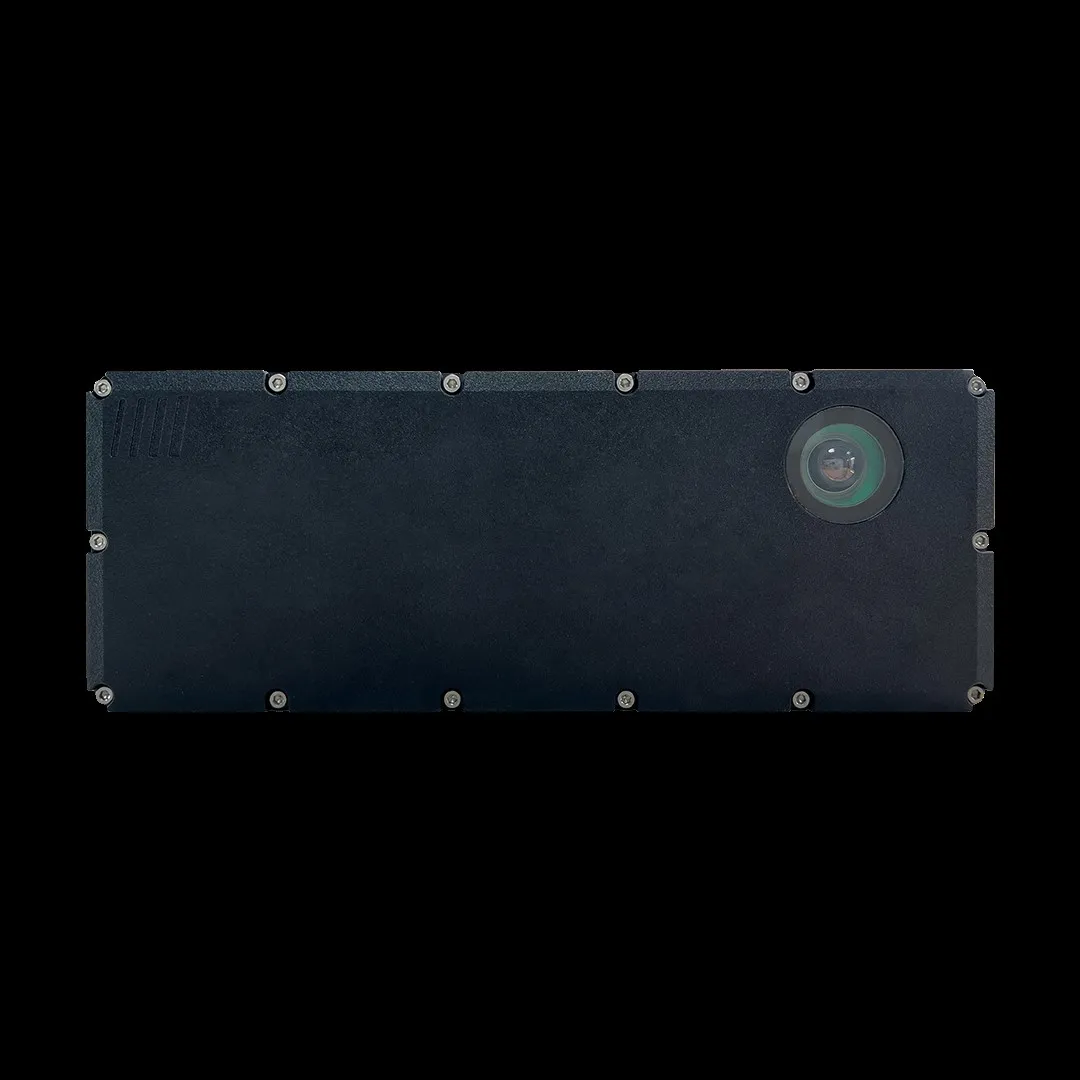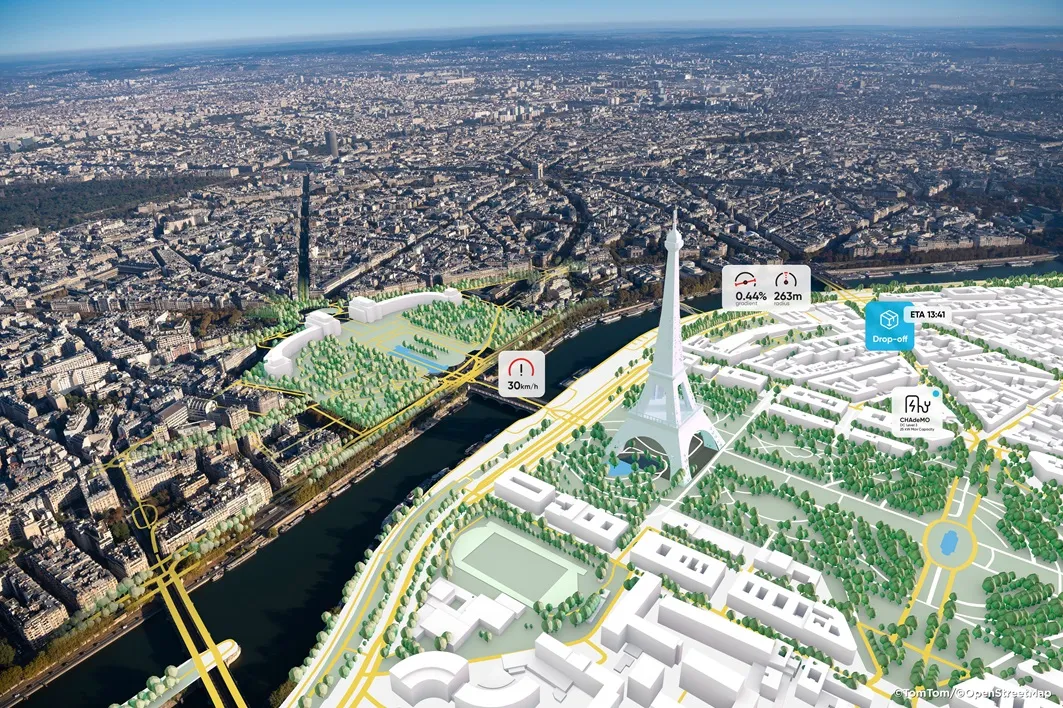UK-headquartered CATS-i (Covert Asset Tracking Systems for the internet) has announced the CATSi which, the company claims, uses the smallest and lowest-profile components available to create an extremely small and thin GPS, GSM and RF tracking product
February 27, 2012
Read time: 1 min
UK-headquartered 3261 CATS-i (Covert Asset Tracking Systems for the internet) has announced the 3261 CATS-i which, the company claims, uses the smallest and lowest-profile components available to create an extremely small and thin GPS, GSM and RF tracking product. Designed to track almost any asset from pets and people through to cars, motorbikes and HGVs, the company claims the device will open up markets that have never been accessible to GPS tracking before.
The3261 CATS-i is designed to provide the best possible chance of recovering a tracked asset, regardless of its current location. The inclusion of an RF beacon allows for accurate locating when hidden inside buildings and a new GSM location technology provided by a partner of 3261 CATS-i provides almost GPS-like accuracy in mapped areas. According to the company, the main selling points of the device are its dimensions, which, depending on the model, range from 45 x 35 x 12mm to
70 x 45 x 8mm (flexible).
The
70 x 45 x 8mm (flexible).










